Leading market players are investing heavily in research and development in order to expand their product lines, which will help the POC Blood Gas and Electrolyte Market, grow even more. Market participants are also undertaking a variety of strategic activities to expand their footprint, with important market developments including new product launches, contractual agreements, mergers and acquisitions, higher investments, and collaboration with other organizations. To expand and survive in a more competitive and rising market climate, POC Blood Gas and Electrolyte Industry must offer cost-effective items.
Manufacturing locally to minimize operational costs is one of the key business tactics used by manufacturers in the POC Blood Gas and Electrolyte Industry to benefit clients and increase the market sector. In recent years, the POC Blood Gas and Electrolyte Industry has offered some of the most significant advantages to medicine. Major players in the POC Blood Gas and Electrolyte Market, including Siemens, Abbott, F. Hoffman-La Roche Ltd., Radiometer, Nova medical, Edan Instruments Inc., and Instrumentation Laboratory, are attempting to increase market demand by investing in research and development operations.
Medical equipment distributor Sysmex Corp (Sysmex). It conducts research, develops, produces, and markets equipment, reagents, and software programmes that simplify medical examinations, treatment, and illness management. The business provides clinical laboratories with diagnostic tools, reagents, and lab information systems for testing. The company provides urinalysis analyzers, haemostasis, and haematology products. At its locations in Japan, New Zealand, France, Germany, and the US, it carries out research and development. Together with its subsidiaries, the corporation conducts business across the Americas, Europe, the Middle East, Africa, and Asia-Pacific. Institutions that practise medicine use its products.
The headquarters of Sysmex are in Hyogo, Japan. A well-known brand in the diagnostics solutions sector, Sysmex America Inc., gained FDA approval in June 2022 for the inclusion of a new function to its N-10 Automated Haematology Analyzer with Blood Bank mode. The first automated analyzer approved for residual WBC counting is this one.
A division of Siemens AG, Siemens Healthineers AG (Siemens Healthineers) is a manufacturer and distributor of diagnostic imaging systems, clinical and workflow systems and solutions, and systems for minimally invasive treatments. The company's key products include mobile C-arms, hybrid operating rooms, angiography systems, ultrasound systems, computed tomography systems, magnetic resonance imaging systems, testing systems, and point-of-care (POC) testing systems. Additionally, it provides business and digital services. Physicians, public health organisations, universities, state-run and private health insurance, pharmaceutical firms, and clinical research institutions are among the healthcare providers served by Siemens Healthineers.
The corporation has operations in Asia-Pacific, Europe, the Americas, the Middle East, and Africa. Erlangen, Germany serves as the home base for Siemens Healthineers. The epoc Blood Analysis System was introduced by Siemens Healthineers in April 2021. It is a portable, wireless system that provides patient-side results in under a minute and includes complete blood gas, a basic metabolic panel, hematocrit, and lactate on a single room temperature-stable test card. It helps to support Covid-19 response initiatives, where blood gas analysis is crucial for treating infected individuals.
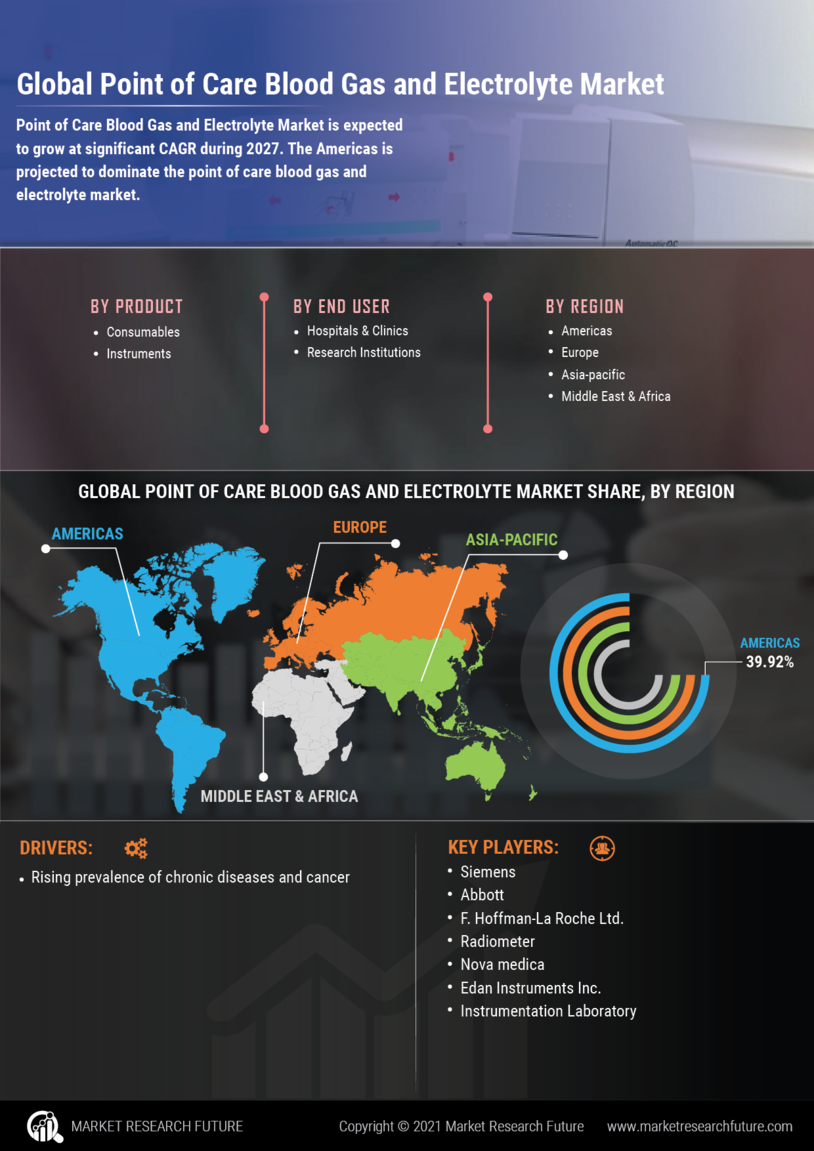

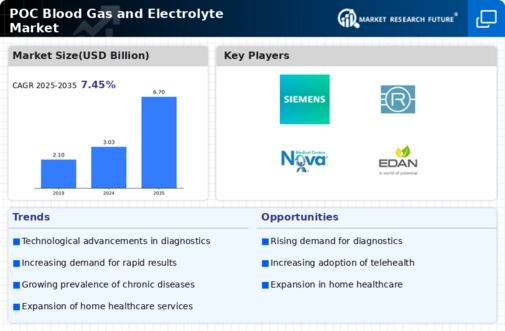
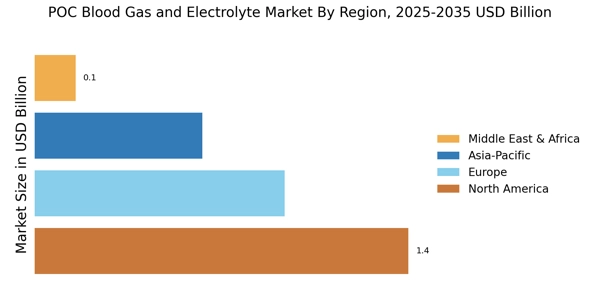
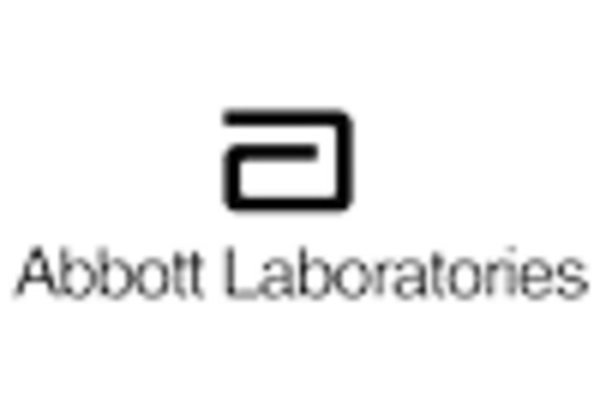
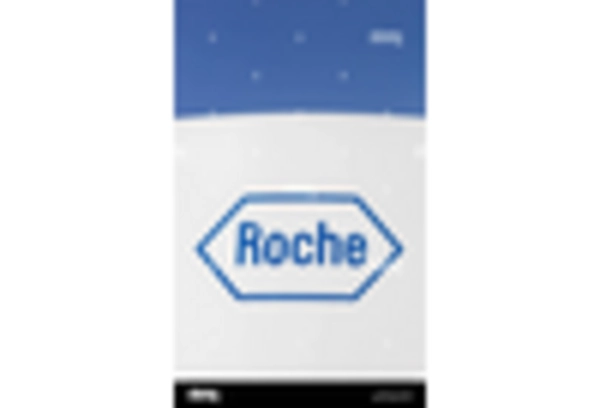


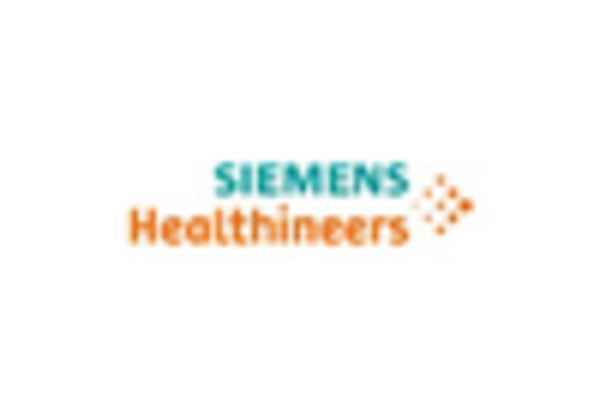
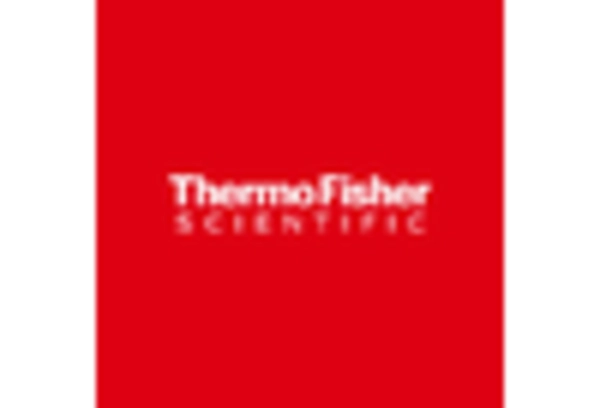








Leave a Comment